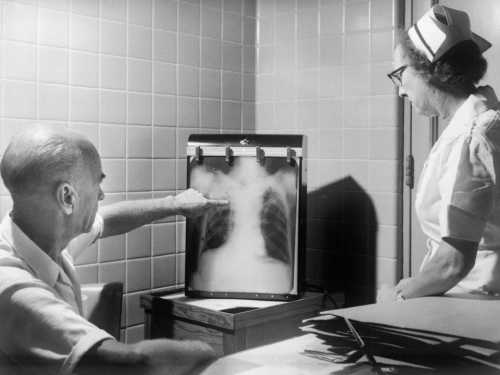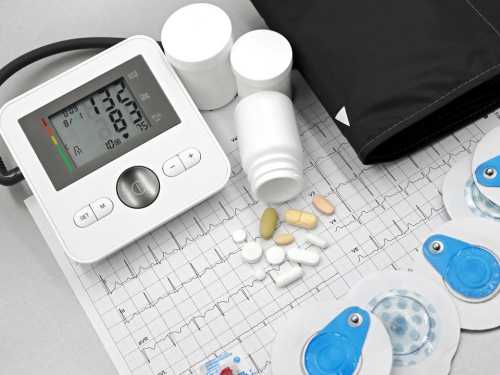
Researchers from Karolinska Institutet in Sweden and their colleagues in South Africa have proposed a new approach to detecting tuberculosis by detecting the DNA of the bacteria in the environment collected from places where tuberculosis patients are located. The results are published in Open Forum Infectious Diseases.
When a person with tuberculosis breathes, coughs or speaks, they release microscopic droplets into the air that contain the bacteria's genetic material (DNA). The new method allows you to “catch” these droplets from the air and check whether they have this unique “genetic fingerprint” of the pathogen, without even touching the person themselves.
The scientists used a special device, similar to a high-tech vacuum cleaner (THOR), which sucks in the air in a room, collecting all the microparticles from it. Then they applied the PCR method – the same one that became famous during the COVID-19 pandemic. This analysis allows you to find even tiny fragments of bacterial DNA and, importantly, count their number to understand how polluted the air is.
In almost half of the homes where the patients lived, this method “saw” the pathogen simply in the air. And where the patients were most contagious, the effectiveness was even higher. This opens up two great possibilities. First, we can identify entire rooms or areas (for example, hospital wards, public transport) where the risk of infection is highest. Second, this can be a real lifesaver for diagnosing children or very weakened patients who are physically unable to take the test, as is usually done.
Even after the doctor’s office was cleaned, nearly one in three air samples still contained “genetic traces” of tuberculosis. This shows two things. First, the test itself is incredibly accurate if it can pick up such tiny traces. Second, it’s a wake-up call that dangerous bacteria can linger in indoor air for long periods of time, even when it seems clean. This underscores the importance of good ventilation in hospitals and other enclosed spaces.





